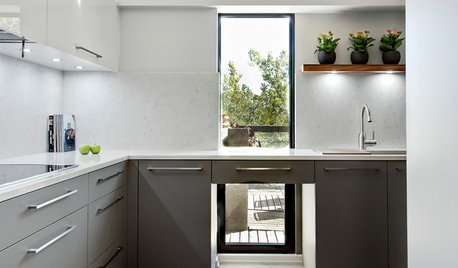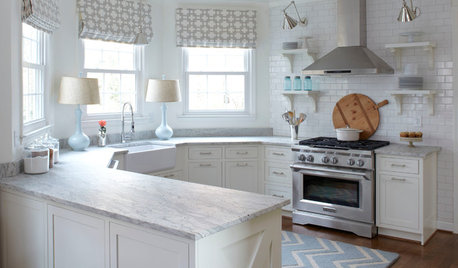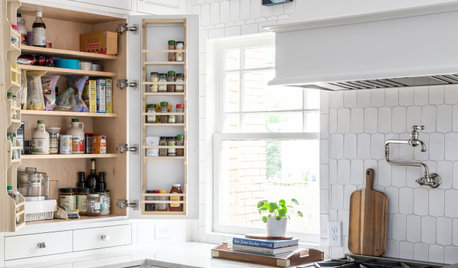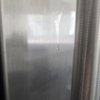White Induction Cooktop pros/cons
Debi Lopez
9 months ago
last modified: 9 months ago
Featured Answer
Sort by:Oldest
Comments (22)
Related Professionals
Hammond Kitchen & Bathroom Designers · San Jacinto Kitchen & Bathroom Designers · San Jose Kitchen & Bathroom Designers · Adelphi Kitchen & Bathroom Remodelers · Plainview Kitchen & Bathroom Remodelers · Minnetonka Mills Kitchen & Bathroom Remodelers · Apex Kitchen & Bathroom Remodelers · Athens Kitchen & Bathroom Remodelers · Honolulu Kitchen & Bathroom Remodelers · Pasadena Kitchen & Bathroom Remodelers · Port Charlotte Kitchen & Bathroom Remodelers · Toledo Kitchen & Bathroom Remodelers · Farmers Branch Cabinets & Cabinetry · Land O Lakes Cabinets & Cabinetry · Central Cabinets & CabinetryDebi Lopez
9 months agoDebi Lopez
9 months agowdccruise
9 months agolast modified: 9 months agoawm03
9 months agowdccruise
9 months agoawm03
9 months agowdccruise
9 months agolast modified: 9 months agokevinande
9 months agolast modified: 9 months agoawm03
9 months agolast modified: 9 months agodadoes
9 months agopalimpsest
9 months agowdccruise
9 months agopalimpsest
9 months agokevinande
9 months agoawm03
9 months agoawm03
9 months agowdccruise
9 months agoawm03
9 months agowdccruise
9 months ago
Related Stories

KITCHEN ISLANDSThe Pros and Cons of Kitchen Islands
Two designers make the case for when adding a kitchen island is a good idea — and when it’s not
Full Story
BATHROOM DESIGNBathroom Countertops: The Pros and Cons of Engineered Quartz
See why these designers like engineered quartz for its durability, color options and more
Full Story
KITCHEN CABINETSThe Pros and Cons of Upper Kitchen Cabinets and Open Shelves
Whether you crave more storage or more open space, this guide will help you choose the right option
Full Story
KITCHEN LAYOUTSThe Pros and Cons of 3 Popular Kitchen Layouts
U-shaped, L-shaped or galley? Find out which is best for you and why
Full Story
KITCHEN DESIGNHow to Keep Your White Kitchen White
Sure, white kitchens are beautiful — when they’re sparkling clean. Here’s how to keep them that way
Full Story
NEW THIS WEEK7 Wonderful New White-and-Wood Kitchens
Design and remodeling pros share details on how they mixed these classic elements to create warm and inviting spaces
Full Story
KITCHEN DESIGNUsing White Marble: Hot Debate Over a Classic Beauty
Do you love perfection or patina? Here's how to see if marble's right for you
Full Story
KITCHEN DESIGNPros Share 6 Must-Have Kitchen Design Features
Design and remodeling pros recommend focusing on these areas to create a functional and stylish kitchen
Full Story
KITCHEN DESIGNHouzz Call: Pros, Show Us Your Latest Kitchen!
Tiny, spacious, modern, vintage ... whatever kitchen designs you've worked on lately, we'd like to see
Full Story
KITCHEN DESIGNKitchen of the Week: Oyster Is the New White
A designer whips up a leafy green, celery and off-white palette inspired by garden views
Full StoryMore Discussions








awm03